Double Purple Hardy Hibiscus
$99.50 Original price was: $99.50.$69.65Current price is: $69.65.
- Free Shipping over $25
- Fast & reliable delivery options
- Enjoy top quality items for less
- Multiple safe payment methods

Growing something different and special is the way to make your garden unique. Many plants are easy to recognize by their flowers, but there is always an unusual form that stands out and fools all but the wisest. Surprise and please your friends and yourself, by showing them the Double Purple Hardy Hibiscus. Is it a clematis? A rose? I know, a peony! No, it’s a Rose of Sharon, or Althea, as this plant is often called, but not the usual form with a flower like an open trumpet and a prominent central column of stamens. The Double Purple Hardy Hibiscus has a flat, open purple-pink flower with broad petals, and the center is filled with a showy cluster of narrower petals, concealing a dark red spot at the heart of this fascinating flower. The best part of all is how easy it is to grow. It takes the sun and heat, and it keeps on coming, blooming as early as June, but certainly from July all through September. For an easy route to brilliant blooms right into fall, you simply can’t beat it.
Growing Double Purple Hardy Hibiscus
Size and Appearance
The Double Purple Hardy Hibiscus is a medium-sized deciduous shrub, with an upright habit and branches to the ground. With pruning it can be trained into a small tree. It will grow rapidly to 8 or 10 feet tall, with a width of around 5 feet, and a neat form that fits well into any garden setting. The glossy leaves have a slightly leathery texture, and they are deep green, turning golden yellow in fall. About 3 inches long, the leaves divide into 3 rounded lobes at the end, with an unusual triangular base and irregular serrations around the edges. They always look fresh and healthy, making a perfect backdrop to the flowers.
Flowering begins in June or July, and this variety is noted for beginning to bloom earlier than most other hardy hibiscus. Once it begins, a profusion of blooms appears continuously, all the way to the end of September. The blooms are at least 3 inches across, and often larger, and the main petals spread out to form a full circle. In the center of that circle is a bold cluster of narrower petals, making a captivating twirl of beauty. The petals are a gorgeous shade of purple-pink or mauve, becoming bluer towards the outside of the blossom. Look deep inside, at the base of the petals, and you will find a hidden heart of deep red, giving depth and character to this extraordinary bloom. New blooms replace the old as fast as they fall, and this bush is never without new blooms for month after month.
Using Double Purple Hardy Hibiscus in Your Garden
With its unique look, this bush is perfect for planting around older homes, but it can be just as striking used in modern gardens. Wherever you need late color and beauty, there is the place to plant this heirloom shrub. On a lawn as a specimen, or in beds as background – wherever you plant it you will love it. Both the leaves and the flowers are edible, so you don’t need to worry about children, who will love the charming colors of this special bloom. In warmer zones it makes a great container plant, bringing color and interest to your terrace, patio or balcony.
Hardiness
All the way from zone 5 to southern Florida you can grow this tough bush. In zone 5 there may be some winter injury, but new stems shoot up and bloom, so nothing is lost. This plant is very happy in heat and humidity, making it a natural choice for states like Texas.
Sun Exposure and Soil Conditions
Full sun is the best location for the Double Purple Hardy Hibiscus. It will also grow with a couple of hours of shade each day, but why not save those shadier spots for plants that need it? The ideal soil is well-drained, but rich and watered regularly – but this plant still thrives in soils that are drier, and it loves the heat, which just makes it bloom sooner.
Maintenance and Pruning
If you are planting in a dry place, water regularly while it becomes established, and give older plants a deep soak from time to time during dry weather. Some fertilizer and mulch in spring are beneficial but not essential. Spring pruning is helpful, especially in hotter zones where the longer growing season creates longer stems. Trim back last year’s growth to about 12 inches long and remove some of the oldest stems close to the ground. In cooler zones less pruning will be needed. For compact plants with extra large flowers, trim back to leave just 2 or 3 buds on the new stems. Don’t trim in summer, as this will reduce blooming. Pests and diseases are normally never an issue, deer usually leave it alone, and this plant is also resistant to ocean salt-spray and urban air pollution.
History and Origin of Double Purple Hardy Hibiscus
Also called Rose of Sharon, the hardy hibiscus, Hibiscus syriacus, is a relative of the tropical hibiscus, and a shrub that has been grown in gardens for centuries. It originally grew wild in India, China and Korea, and it was introduced to Syria via the Silk Route. From there it was brought to Europe before 1600, and it was grown in America right from the beginning. Thomas Jefferson loved it, and grew it at all his houses before 1800, and in the 19th century it was more popular in the south than roses. It became less popular for a time, but today it is enjoying a big comeback as a heritage plant that thrives in modern, low-maintenance gardens. We don’t know much about the variety called ‘Ardens’, but it was first mentioned around 1873, and seems to have been developed in France, where it was always popular and widely grown.
Buying Double Purple Hardy Hibiscus at The Tree Center
This remarkable heirloom plant is always rare, but always desirable. We know you will love it, and love your friends asking, “What is it?”, but you should order right away, as our stock is limited. We really don’t know when we might have it available again.
Be the first to review “Double Purple Hardy Hibiscus” Cancel reply
Related products
Shrubs and Hedges
Rhododendron
Other Shrubs & Hedges
Knock Out® Roses
Hydrangeas
Other Shrubs & Hedges
Pieris
Rhododendron

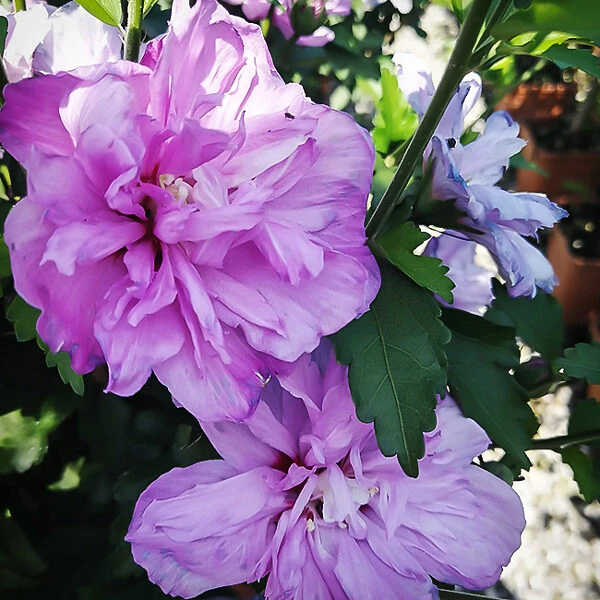
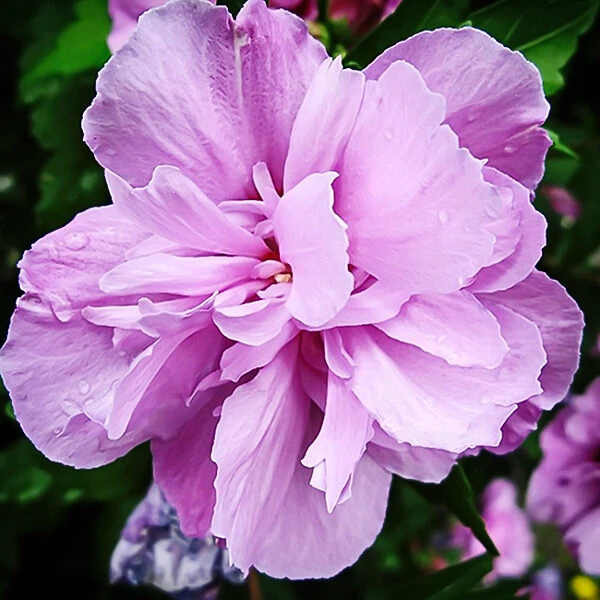


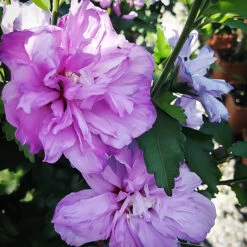

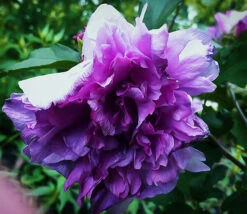

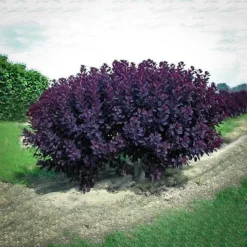
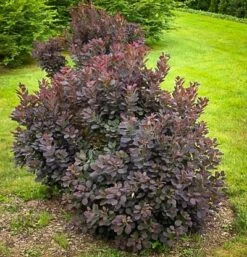
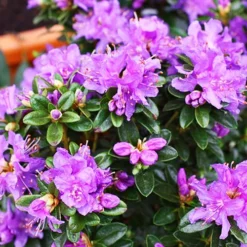
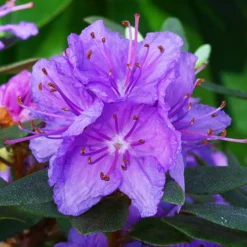
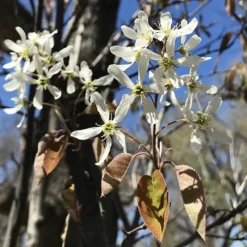


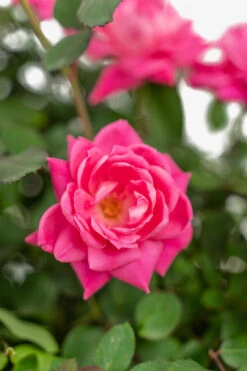


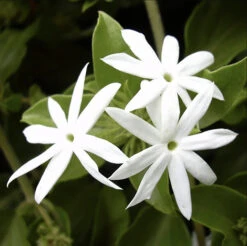
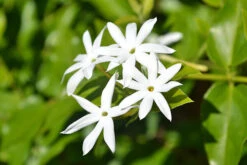

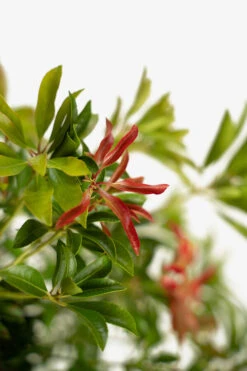
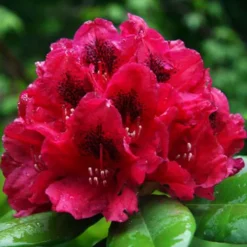

Reviews
There are no reviews yet.